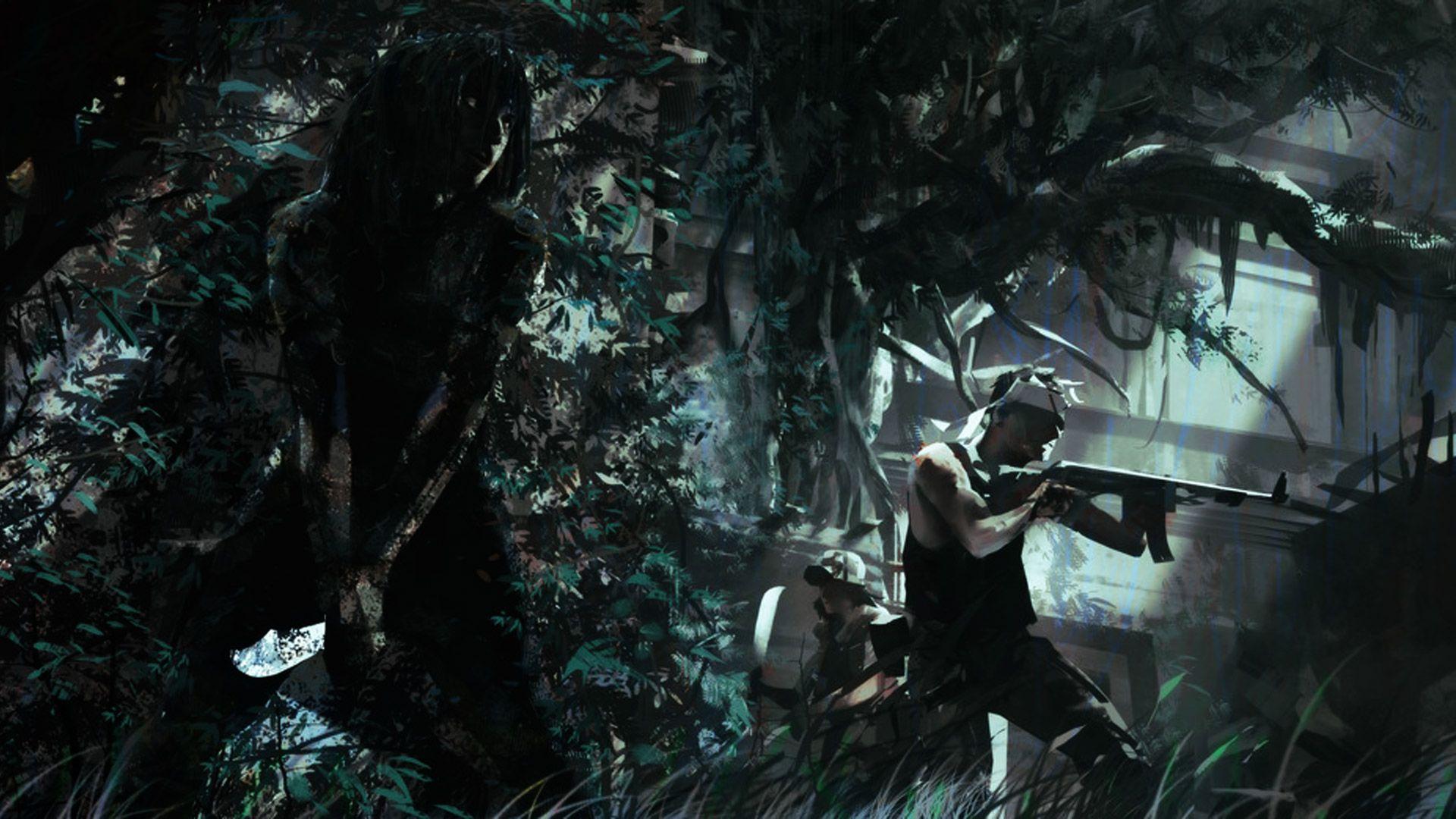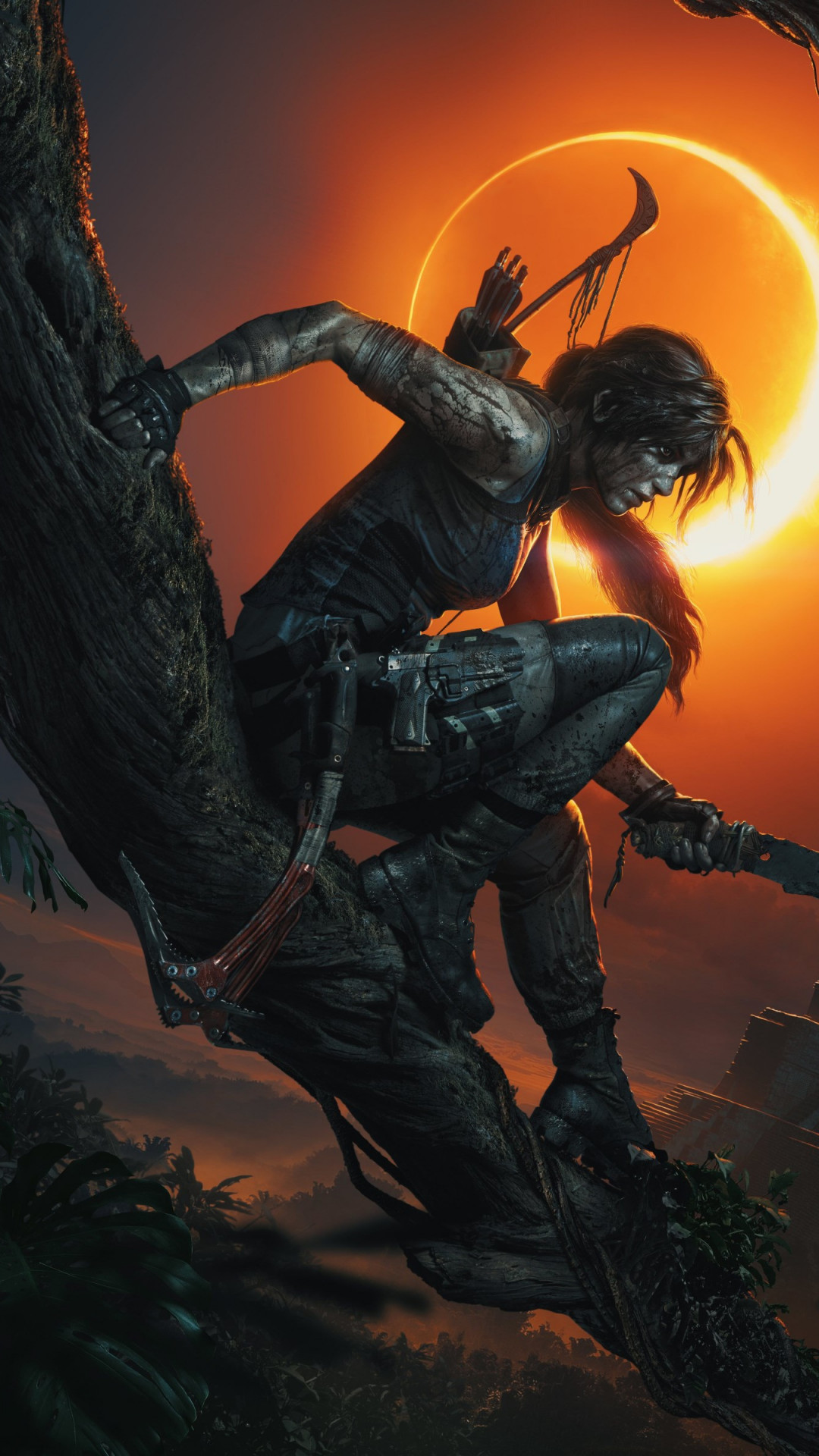

Jaguars patrol the jungle’s vast network of trees, perilous looking cliff faces offer vertigo-inducing views, and breaks in the tree line show off a multitude of structures born of Maya design. Deep caverns, lush vegetation, changeable weather and unique wildlife offer a view into a world separate from the urban expanses of first world nations. Peru’s biodiversity and tropical climate are presented authentically as well. It may appear to be a simplistic way of living, but Shadow of the Tomb Raider has represented the Maya, Inca and Mexicans in a respectful light. There’s nothing to suggest that the game has exaggerated its take on either Mexicans or the Maya people and their way of life, which has been a source of consternation around some other civilisations’ portrayals in past video games. Mayan architecture and culture are grounded in reality, as is Mexico’s depiction right at the beginning of the story. If Shadow of the Tomb Raider falls down on its placing of Paititi and the Maya/Inca crossover, it makes up for it with its representation of topography in Central and South America. With no confirmed fix on its actual location, the developers made do with the Peruvian setting, which may be viewed as a throw-of-the-dice. The fall of ancient Mayan cities due to industrialisation of the land, over-population, and reforestation have all been offered up as explanations to dispute Paititi’s location, according to Dr. The ancient city is said to lie east of the Andes mountain range, and is hidden in one of three locations - the rainforests of South-East Peru, Northern Bolivia or South-West Brazil. Paititi’s geographical location is another detail that is up for debate. Whilst the Aztecs are another Mesoamerican civilisation, they play no part in proceedings, so this misrepresentation does both a disservice to each community, and nothing to dispel this long-held view that is hampered by depictions in entertainment. Davis asserts that “there is barely any trace of sacrifice in the archaeological record of the Maya area.” Any historically recorded altar sacrifices were an Aztec tradition instead. The sacrifices offered to Maya deities, such as the God of destruction Kukulkan - one of which Lara witnesses in the game’s third act - are not accurate. Given that the Inca Empire was brought to an end in 1572 due to the population being ravaged by influenza, smallpox and more - diseases brought by the Spanish conquistadors - the chances of the Maya and Incas co-existing until modern day is fictitious at best, despite the game’s amalgamation of these civilisations.Īnother common misconception about the Maya is their cultural fascination with blood rituals, and human sacrifice. The same cannot be said of how purely the Maya civilisation is represented, however. The Maya are still present in modern-day Central America, contrary to popular belief, and follow the same strict rules concerning rituals and Maya calendar that were observed thousands of years ago. Basic clothing, like loincloths and skirts, dwellings made of corrugated iron, wood, and cotton fabrics, and weapons like spears and bows serve as proof of this. The legendary lost Inca city of Paititi, and towns such as Kuwag Yaku, are cultures depicted as being untouched by modern societies. As with any Tomb Raider game, location is key to Shadow of the Tomb Raider.

Precise placement of Mesoamerican culture in geography and history is another matter. Crucially for Shadow of the Tomb Raider, this is one aspect that the game gets right, particularly with the Maya civilization’s role in the plot. Diane Davies PhD, who writes on her website: “The only time you should use the adjective ‘Mayan’ is when you are talking about the Mayan languages”. This terminology is incorrect, according to Maya expert and archaeologist Dr. One of the most common misconceptions of the Maya - a civilisation known for its hieroglyphic scripts, architecture and astronomy - is utilising the term “Mayan” to detail their culture. To their credit, plenty of Shadow of the Tomb Raider is respectful in its historical accuracy and representation of Mesoamerican societies, but there are areas where the game falls down. Dropping the titular hero into Central and South America, developers Eidos Montreal and Crystal Dynamics offer a darker take on Lara’s character, as she looks to prevent a Maya apocalypse of her own making. Shadow of the Tomb Raider marks the final chapter in the Lara Croft origin story trilogy.


 0 kommentar(er)
0 kommentar(er)
